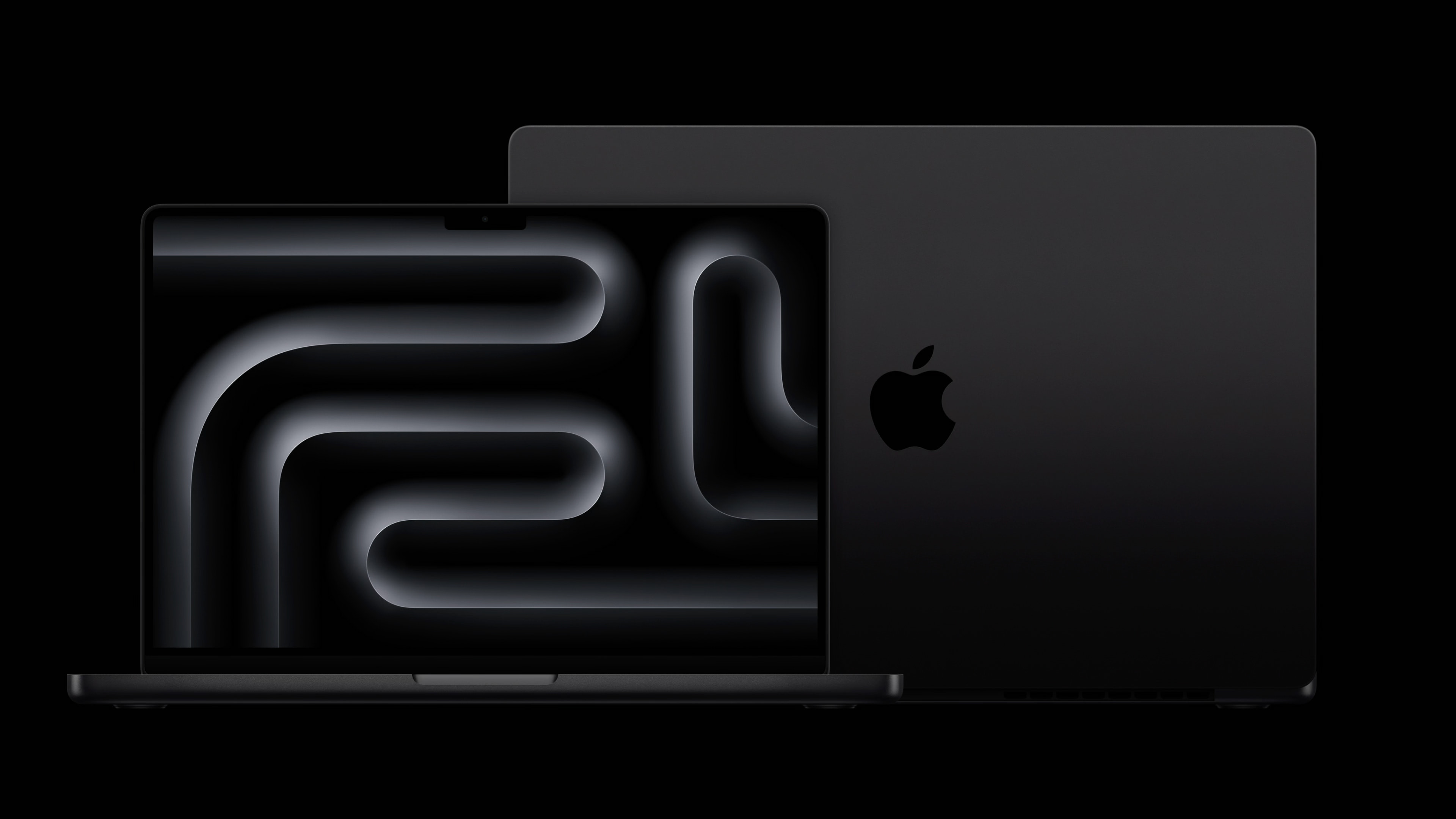
Apple recently unveiled the company's latest M3 processor and the new 14-inch and 16-inch MacBook Pros. However, they were heavily criticized because the base model only has 8GB of memory. An Apple executive has explained in an interview that 8GB shouldn't be a concern since the MacBook Pro uses memory more efficiently than your typical PC.
Chinese ML engineer and Bilibili content creator 林亦LYi had an interesting interview with Bob Borchers, Apple's Vice President of Worldwide Product Marketing, on his channel. When the subject of the memory was brought up, Borchers confidently replied:
"Comparing our memory to other system's memory actually isn't equivalent, because of the fact that we have such an efficient use of memory, and we use memory compression, and we have a unified memory architecture."
"Actually, 8GB on an M3 MacBook Pro is probably analogous to 16GB on other systems. We just happen to be able to use it much more efficiently. And so what I would say is I would have people come in and try what they want to do on their systems, and they will I think see incredible performance. If you look at the raw data and if you look at the raw capabilities of these systems, it really is phenomenal. And this is the place where I think people need to see beyond the specs, and actually go and look beyond the capabilities, and listen to trusted people like you who have actually used the systems."
The 14-inch MacBook Pro (2023) starts at $1,599, 23% more expensive than the M2 13-inch MacBook Pro it's replacing. The price hike is somewhat justifiable because consumers get the faster M3 chip and a bigger and prettier screen, among other improvements. One aspect in which the MacBook Pro didn't improve is the memory. Having 8GB of memory on a device that sells for $1,599 is a criminal offense in most people's books, especially since the MacBook Pros target professionals and prosumers. Many would agree that they would rather have 16GB for professional workloads, such as image or video edition. Apple's defense is that the MacBook Pro's unified memory architecture is more efficient.
The unified memory architecture has its benefits, such as faster memory access times and higher bandwidth when compared to a regular socketed system with memory slots. So, while 8GB on the MacBook Pro could be more efficient than on the PC, it's still 8GB. Furthermore, the unified memory architecture is essentially a shared memory design since the CPU, GPU, and Neural Engine have access to the same memory pool. In a sense, Apple is comparing 8GB of shared memory against 16GB of dedicated memory for the CPU on the PC.
Apple would have saved itself from the condemnation if it had just made 16GB the standard on the baseline MacBook Pro models. Alternatively, the company could have just suppressed the "Pro" moniker because if you market a machine toward professionals, it should have the firepower to handle what you throw at it. Then again, professional may be a loosely used term since you can argue that not every "professional" uses their MacBook Pro for high-resolution content creation or ML work. 8GB may still be very usable today for even prosumers, but don't try to run a bunch of programs at once or go wild with the browser tabs.
You can get more memory on the new MacBook Pros, but like most things Apple, it'll cost an arm and a leg. If you have the funds, you can grab the 16GB or 24GB unified memory version of the 14-inch MacBook Pro (2023) at checkout, but that'll add another $200 and $400, respectively, to your bill. To be fair, many Windows-based laptops still start at 8GB on their base models. If you look hard enough, some fo these 16GB memory upgrades are slightly cheaper or on equal terms with what Apple is charging.







